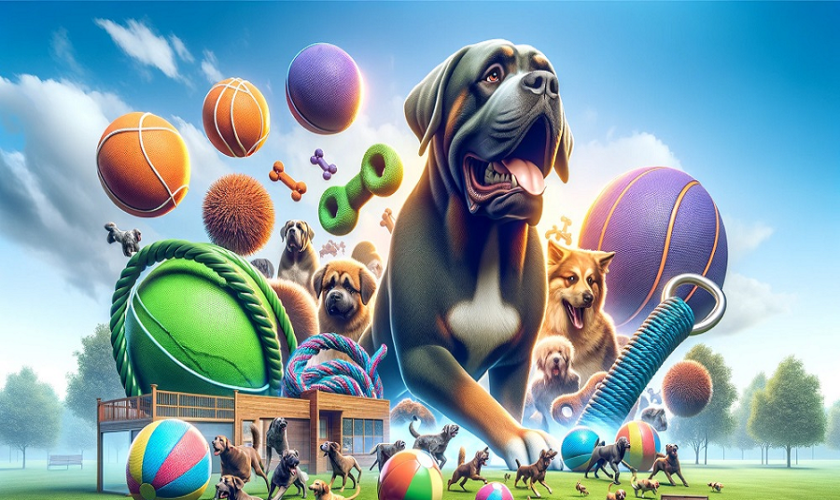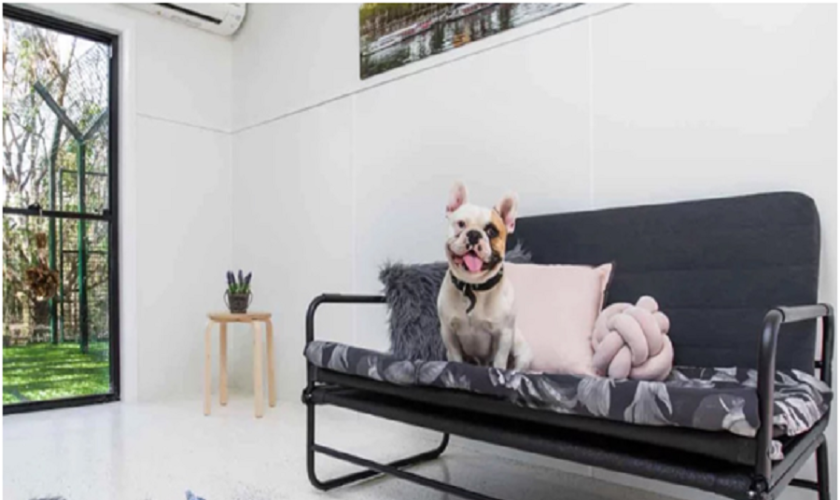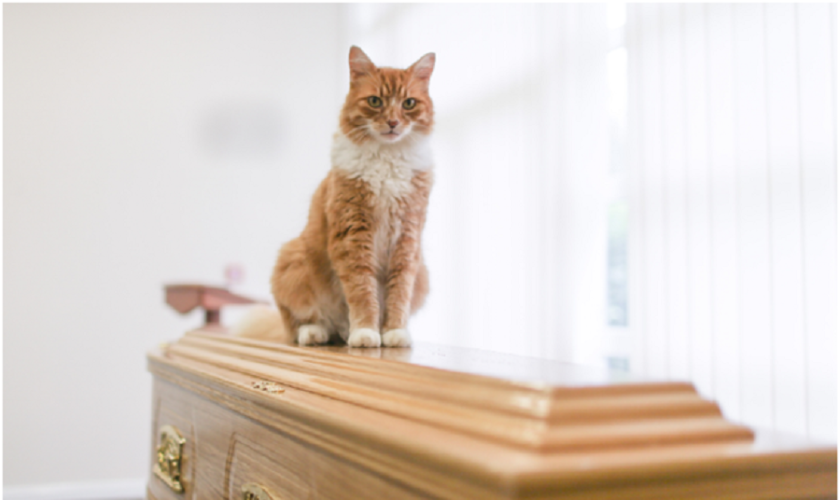Owning a large dog breed comes with its unique set of joys and challenges, especially when it comes to playtime. Big dogs require toys that match their size, strength, and energy levels. This article explores the world of dog toys specifically designed for large breeds, ensuring your gentle giant gets the most out of playtime.
Understanding Large Dog Breeds and Their Play Needs
Large dog breeds, such as German Shepherds, Labradors, and Great Danes, possess great strength and usually have high energy levels. They need toys that are fun and durable enough to withstand their enthusiastic play. The suitable toy can provide mental stimulation, physical exercise, and even dental benefits.
Selecting the Ideal Toy for Your Large Dog
Choosing the suitable toy for your large dog is crucial. Here are some factors to consider:
– Durability:
Large dogs can easily tear apart toys meant for smaller breeds. Look for toys made from rigid materials like heavy-duty rubber or durable nylon.
– Size and Safety:
The toy should be large enough to prevent choking hazards but comfortable for your dog to hold and play with. Avoid toys with small detachable parts that can be swallowed.
– Types of Toys:
1. Chew Toys:
Essential for helping your dog maintain dental hygiene and satisfy their chewing instinct.
2. Tug Toys:
Great for interactive play and building your dog’s strength.
3. Fetch Toys:
Large, durable balls or frisbees are perfect for outdoor activities.
4. Puzzle Toys:
Stimulate your dog’s mind and keep them entertained for hours.
Top Picks for Large Dog Toys
– Heavy-Duty Chew Bones:
These bones are almost indestructible for satisfying large dogs’ chewing urges.
– Giant Rope Toys:
Perfect for tug-of-war, these large rope toys can withstand rough play while helping clean your dog’s teeth.
– Extra-Large Balls:
Look for big, durable balls that bounce well to make fetch games more exciting.
– Interactive Puzzle Toys:
Large puzzle toys that challenge your dog’s mind and help prevent boredom.
Incorporating Play into Your Large Dog’s Routine
Integrating playtime into your large dog’s daily routine is essential for their overall well-being. Here are some tips:
– Regular Play Sessions:
Set aside time each day for playing with your dog. This strengthens your bond and ensures they get enough physical activity.
– Vary the Play:
Rotate the toys to keep your dog interested and engaged.
– Safety First:
Always supervise playtime to ensure your dog is safe and enjoying themselves.
Conclusion
Choosing the suitable toys for your large dog breed is crucial for their happiness and health. These toys need to be size-appropriate, durable, and engaging. By understanding the specific needs of your large dog and investing in quality toys, you can ensure countless hours of fun and laughter for you and your furry friend. Remember, a well-played dog is a happy dog!




